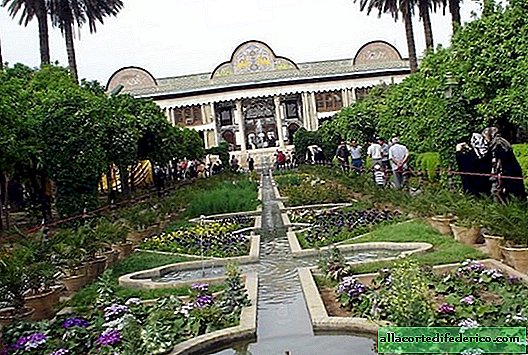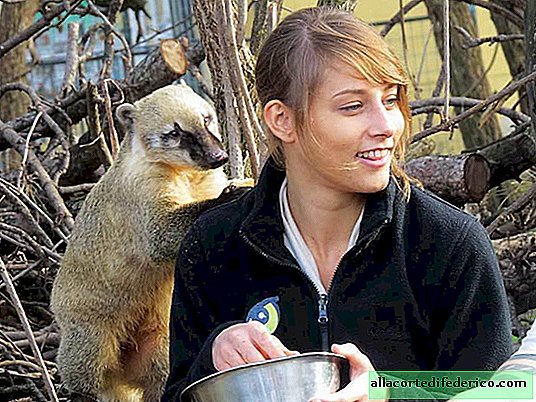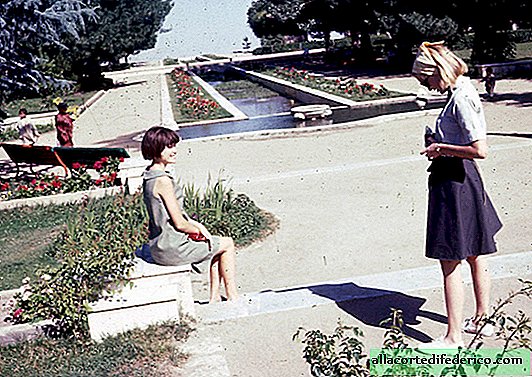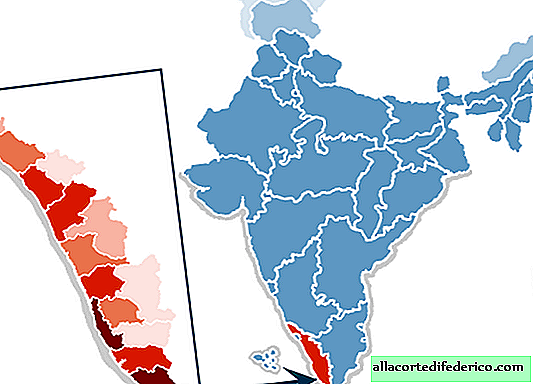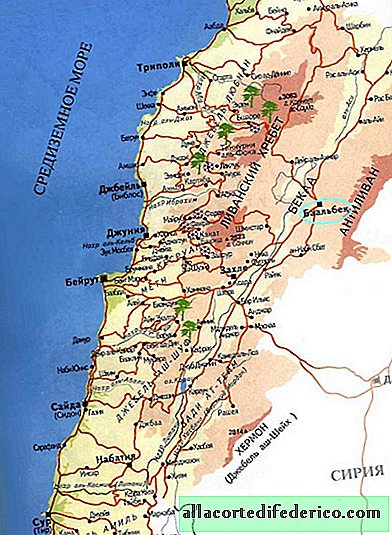How a 10-year-old girl lived in Russia 100 years ago
Do you think that you have a bad day, because the courier is slowly delivering pizza, someone stepped on the subway again or accidentally dropped coffee on your favorite dress or suit, and your work colleague rudely answered your tactful remark made to him? Well, thank your lucky star that you were not born in Russia in the village a hundred years ago.
Women would walk with red hands in the winter from washing clothes in an ice river. At the same time, a small child is crying at home. Three others already walk and scatter in different directions. Among other things, it would be nice to feed them lunch. To do this, clean the bowls, light the stove and quickly cook something.
And this is not an ordinary mother’s day in a large family. This is the life of a ten-year-old girl a hundred years ago in a Russian village. Child labor was not considered exploitation, and childhood ended at ten. What we might call a survival test today was then common practice. The girls had a lot of worries.
 "Children running from a thunderstorm." K. Makovsky
"Children running from a thunderstorm." K. MakovskyPicking mushrooms and berries
Although today we do not allow our children to go to these places alone, even if they are armed with a GPS phone. In the past, this was a common practice. Remember Russian folk tales. A dense forest can provide a girl and her family a carefree existence. Children were sent here to pick berries, mushrooms, greens, brushwood and firewood. Children quickly learned to navigate in the forest and in the field in order to survive.
 "Peasant Girl". Khariton Platonov
"Peasant Girl". Khariton PlatonovMilking a cow or goat
It all started with taking care of the chickens, and gradually, by the age of ten years, the girls were old enough to be able to cope with a cow or goat. In the morning, the animals had to be milked, and then sent to the pasture. In order to do this, you must get up at five in the morning.
But that was the most that the girl could do for livestock. Cleaning manure, washing and grazing animals - these works were entrusted only to boys.
 "Village friends." Nikolay Bogdanov-Belsky
"Village friends." Nikolay Bogdanov-Belsky Churning butter
Today, using a mixer, this process takes only about 10-15 minutes. Then this lesson stretched for three hours. Physically, this process was very difficult. Oil was whipped only with a wooden spoon. All women in the family took turns doing this. When one got tired, the other connected.
Washing clothes in the river
Everyone loves to splash in the river in the summer. Even if you had to wash clothes, it was still very fun. But in winter this is a completely different story. Winters were much colder than now, and the cold lasted six months a year. Poor little girls were sent to the hole to wash the dirty clothes of the whole big family, and then hang them to dry. They had no time for fun.
 "Playing the balalaika." Nikolay Bogdanov-Belsky
"Playing the balalaika." Nikolay Bogdanov-Belsky Fishing
Another item on the list of skills with which this versatile soldier in a skirt was trained: she knew how to dig up worms for fishing and went fishing.
Work at the loom
It was believed that the girl should sew her dowry on her own. She began to do this from about ten years old. Thus, she had a good chance to collect an impressive chest with a dowry for the wedding and get the status of an enviable bride.
All fabric for clothes, towels, tablecloths and other things was made by hand. By the age of seven, the girls were able to comb flax, weave threads from it, wind them on birch coils. By the age of ten, they could work on a loom and make belts, as well as embroider a towel. As a rule, all women in the family were engaged in this winter when there was no other job.
 "Peasant woman for embroidery." F. Malyavin
"Peasant woman for embroidery." F. MalyavinBabysitting
In peasant families, on average, according to statistics, there were about ten children. And often even more. The elders were supposed to look after the younger brothers and sisters. Even if the age difference was not so great. We had to keep an eye on when the adults worked in the fields. In many families, ten-year-old girls fed the baby out of horns — home-made bottles made from the horns of a cow or a ram. Entertained with songs and jokes. The pacifier was made from chewed bread and a small piece of cloth. Sometimes the girl went to nurse in other families. Such nannies were called pestuns. They paid for services with flour, potatoes, apples, cuts of fabric.
 "Girlfriends." F. Sychkov
"Girlfriends." F. SychkovCleaning the house
Maintaining order in the house was also very important. Girls were taught to clean up after themselves at the very beginning of their life. A neatly made bed, shaking carpets, sweeping and mopping the floors, cleaning benches, changing lights, candles, cleaning kerosene lamps ...
With children it was not customary to "linger" and pamper them. The head of the house distributed responsibilities, and he could not argue.
The age of children was measured by seven years. Children under seven years of age were called a “child,” or “Kuvjak,” if the child liked to be naughty. The next seven years measured out adolescence. The girls were called "ladies," and they began to wear a long girl's dress. The last seven years is youth. At this point, mastered all the necessary skills. The girl was a full-fledged assistant to the mother and a potential bride.
But the girls were not limited to this. She helped to knit sheaves during haymaking, transport hay, graze cows, geese, goats, weed the garden, remove manure.



